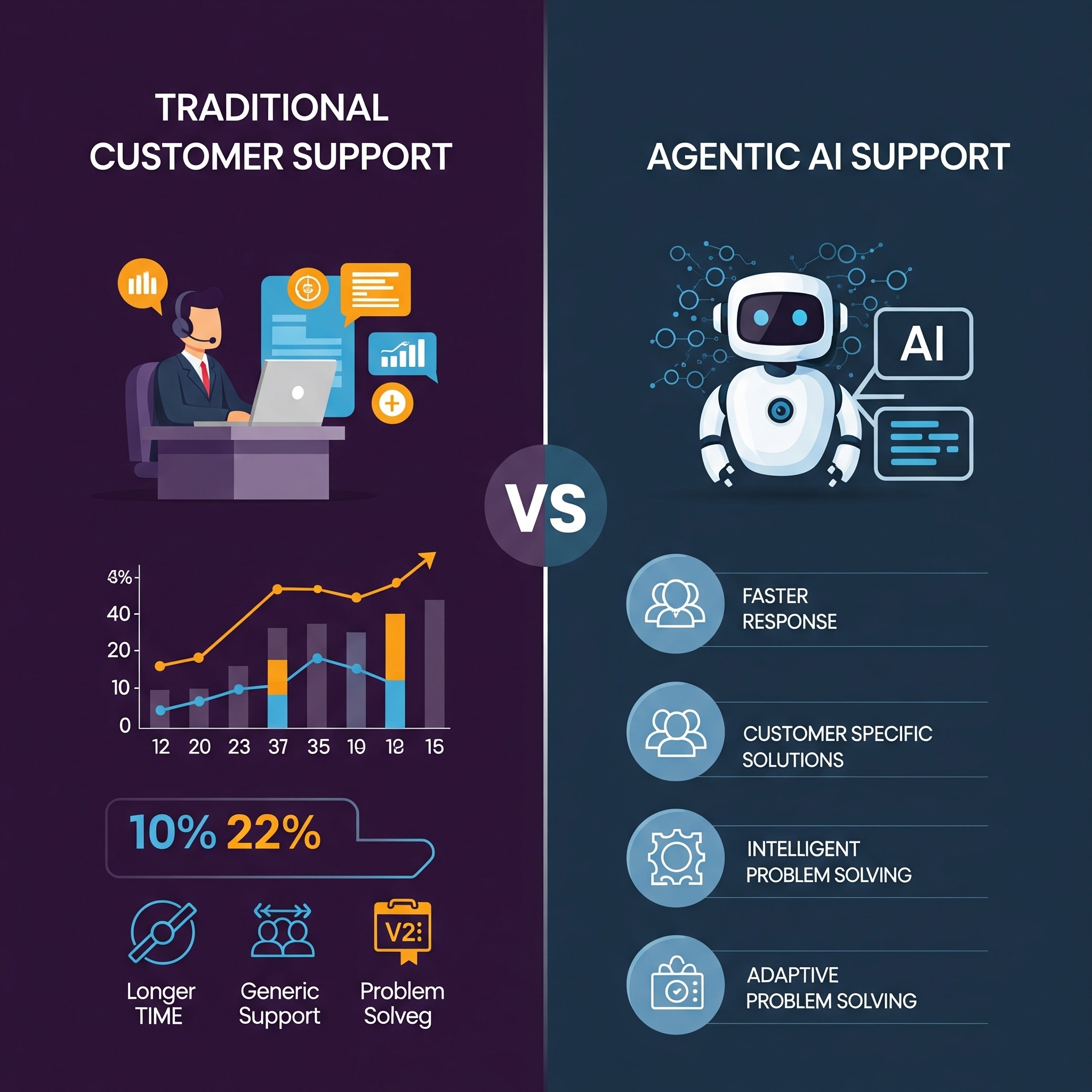Scale Your Customer Support with Slack Channels
Managing customer support through Slack can be a game changer. Slack is already amazing for team collaboration, but when you add in the right tools and automations, it becomes a powerful customer support system. Whether you’re a startup or a large company, using Slack channels helps streamline communication, speed up response times, and keep your customers happy.

Let’s dive into how you can create a smooth, efficient customer support system using Slack and a few key integrations.
Why Use Slack for Customer Support?
66% of consumers expect an immediate response.
Slack was made for fast, real-time communication, which is exactly what you need for customer support. Your team can respond quickly to customer questions, collaborate across departments, and centralize everything in one place.

But with the right integrations—like Zendesk, Intercom, and Trello—Slack becomes a complete customer support workflow, automating ticket management, task tracking, and responses.
Here’s how to build an effective customer support system using Slack channels and some must-have integrations for building strong brand loyalty to your SaaS.
Your Toolkit: What You’ll Need
To set up a smooth customer support workflow using Slack, you’ll need these essential tools:
- Zendesk – for managing customer tickets and tracking issues.
- Intercom – for live chat and personalized customer interactions.
- Trello – for managing tasks and tracking support progress.
- Slack – for keeping all communication, notifications, and collaboration in one place.
Step-by-Step Guide: Running Support on Slack
1. Zendesk: Handling Customer Tickets
Start by integrating Zendesk into your Slack channels to manage customer tickets seamlessly. Zendesk automates ticket creation and organizes customer inquiries, letting your team prioritize and solve issues without missing a beat.
- How It Works: When a customer submits a question through email or your website, Zendesk creates a ticket. With Slack integration, your support team gets notifications in dedicated channels, making it easy to track tickets and ensure nothing is left unresolved.
- Alternatives: Not a fan of Zendesk? Try alternatives like Freshdesk or Zoho Desk for similar ticket management options.
2. Intercom: Real-Time Customer Conversations
For instant responses and more personal interactions, connect Intercom with Slack. This allows your team to manage live chat directly from Slack.
- How It Works: When a customer starts a chat, a notification is sent to a dedicated Slack channel so your team can respond right away. Intercom also automates replies to frequently asked questions, saving you time on repetitive inquiries.
- Alternatives: If Intercom doesn’t suit your needs, consider Drift for conversational support or Tawk.to for a budget-friendly live chat solution.
3. Trello: Managing Tasks and Tracking Issues
Some customer issues need more than just a reply—they need actions from different teams. Trello makes ticket tracking as transparent as it gets.
- How It Works: Trello turns customer tickets into tasks. The Slack integration lets you create Trello cards from Slack messages, making it simple to assign tasks and track progress, ensuring everything gets done efficiently.
- Alternatives: If Trello doesn’t fit your style, check out Asana or Jira for task management options.
4. Slack for Customer Support and Automation
Slack is the backbone of your support workflow. Use Slack channels to organize your team, respond to customer issues quickly, and automate routine tasks with bots that keep up customer satisfaction.
- How It Works: Set up channels for different types of support, like public channels for general inquiries, private channels for priority issues, and internal communication channels for your product and sales teams. Slack bots can help as trusty assistants that automatically answer common questions or send reminders for unresolved tickets as direct messages.
- Alternatives: If you don’t use Slack, Microsoft Teams or Mattermost are other great platforms for team communication.
Why This Workflow Works for Customer Support

- Centralized Communication: Slack channels keep everything in one place, making it easy for your team to collaborate and stay organized across departments.
- Real-Time Notifications: Tools like Zendesk and Trello send real-time updates to your Slack channels, so your team never misses a ticket or task.
- Automated Tasks: Slack bots handle repetitive tasks, like responding to simple questions or tracking ticket progress, so your team can focus on more complex customer issues.
- Better Collaboration: Slack makes it easy to escalate tickets or involve other teams when needed, ensuring quicker resolution times.
Boosting Efficiency: Tips for Automation
- Automate Responses with Slack Bots: Set up bots to answer frequently asked questions automatically, so your team doesn’t have to handle repetitive queries. Here are some Slack automations you can try to reduce response times.
- Set Up Reminders for Unresolved Tickets: Use Slack notifications to automatically remind your team about unresolved tickets, so nothing falls through the cracks. Because unresolved tickets hurt your business.
- Track Performance with Analytics: Integrate tools like Google Analytics into your Slack channels to monitor metrics like customer satisfaction and response times to maintain support processes that are efficient and effective.
No room for slacking, Scale Customer Satisfaction with Slack
Using Slack as the hub for your customer support is great enough— but integrating Slack with tools like Zendesk, Intercom, and Trello—makes handling customer support a whole lot easier.
With automation, organized tasks, and centralized communication, your team can handle customer inquiries as efficiently as it gets.
Plus, this setup isn’t just effective now—it’s scalable. As your company grows, you can always add more tools and channels to fit your evolving needs and still provide faster, more personalized, and more efficient support for every customer.

%20(3615%20x%202415%20px)-3.webp)



